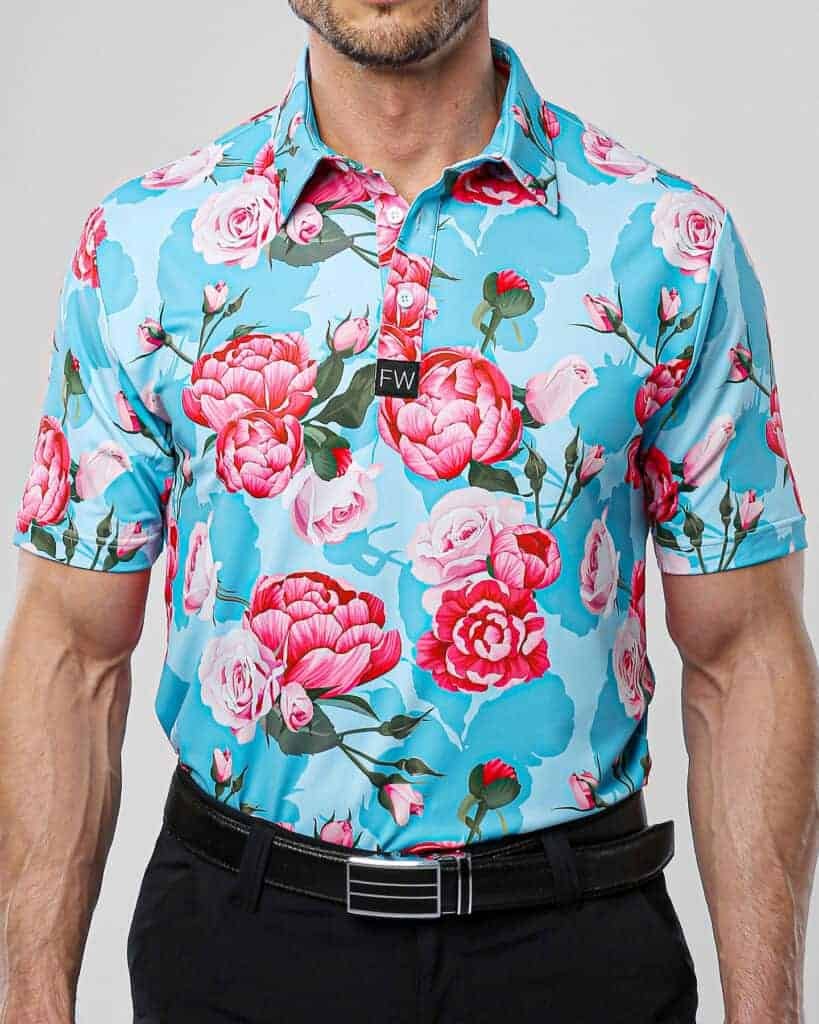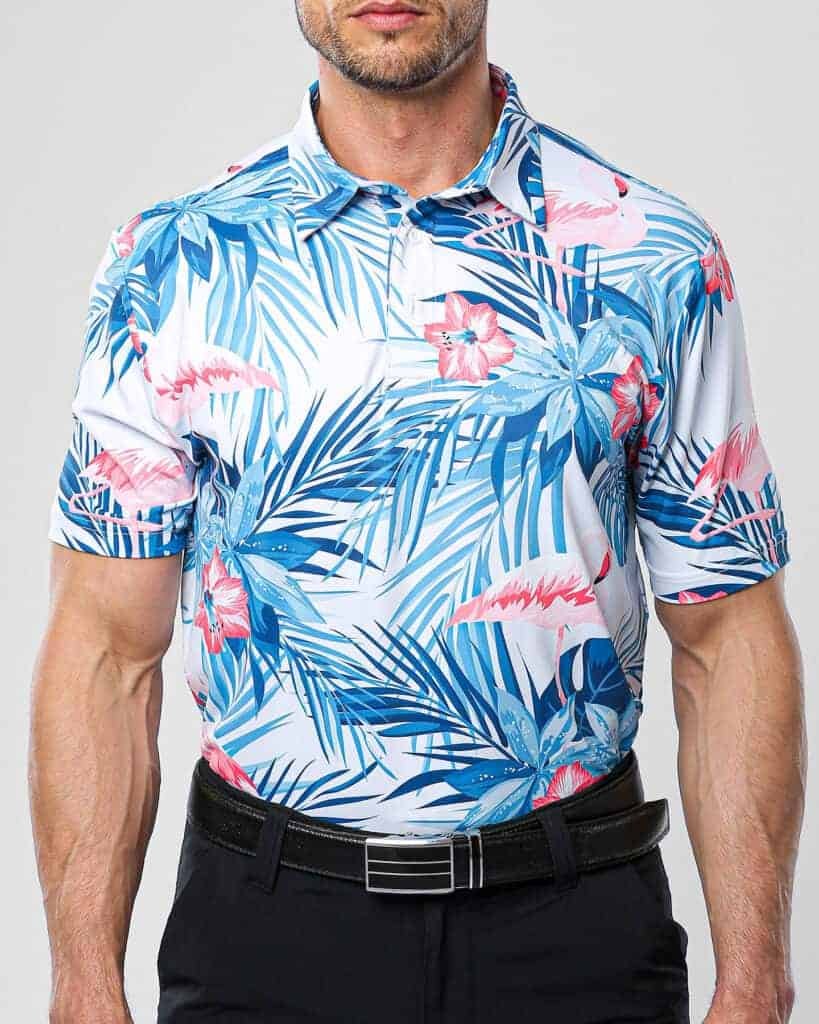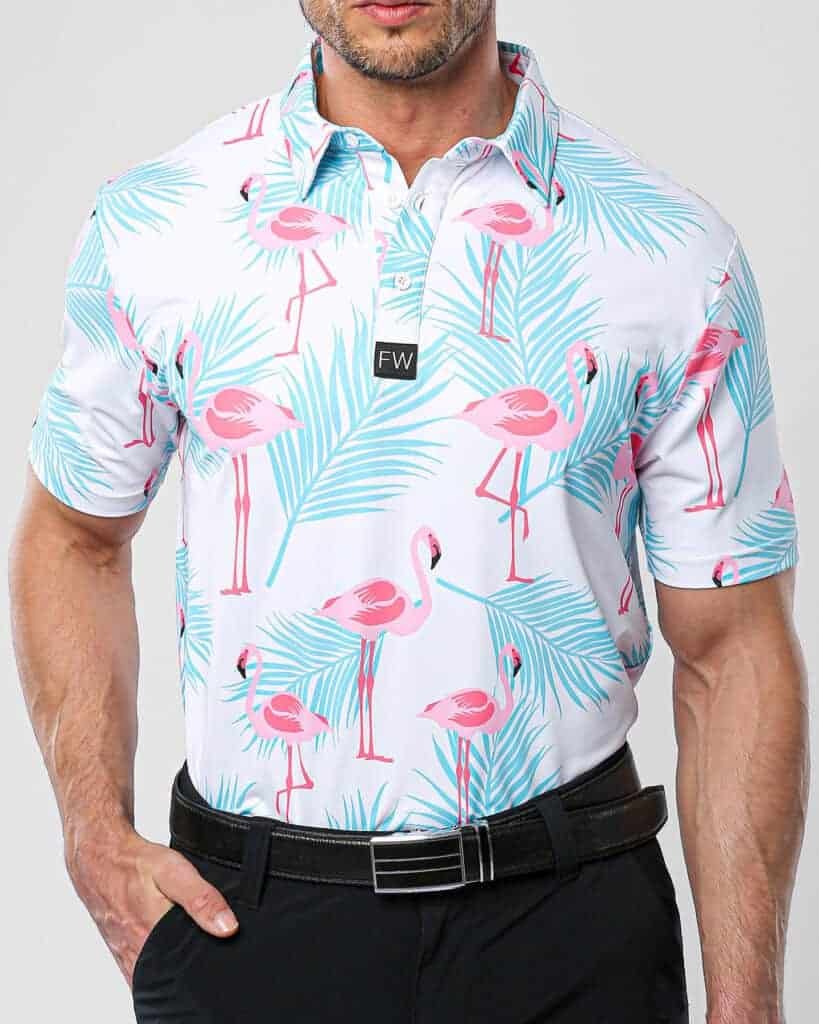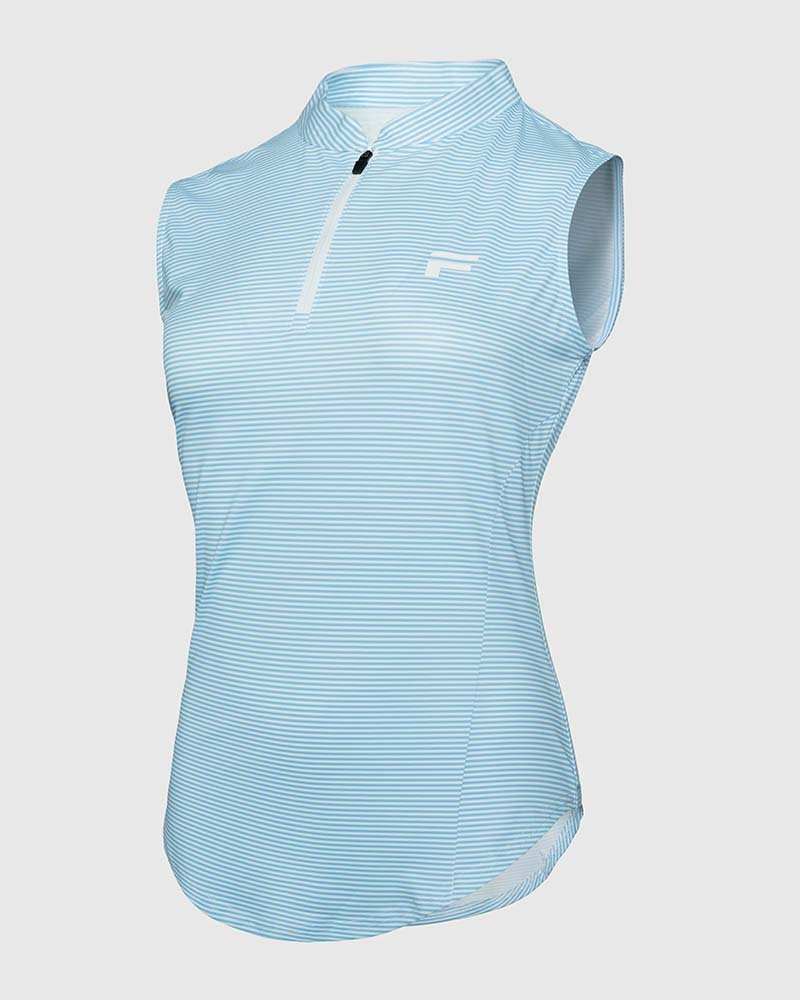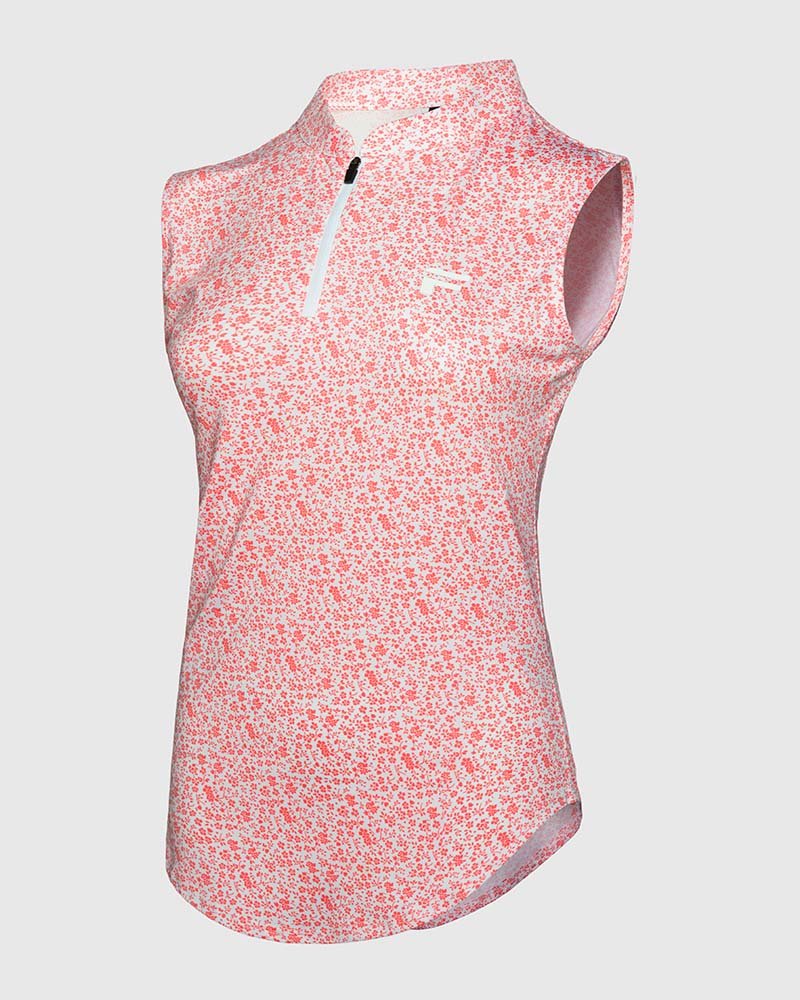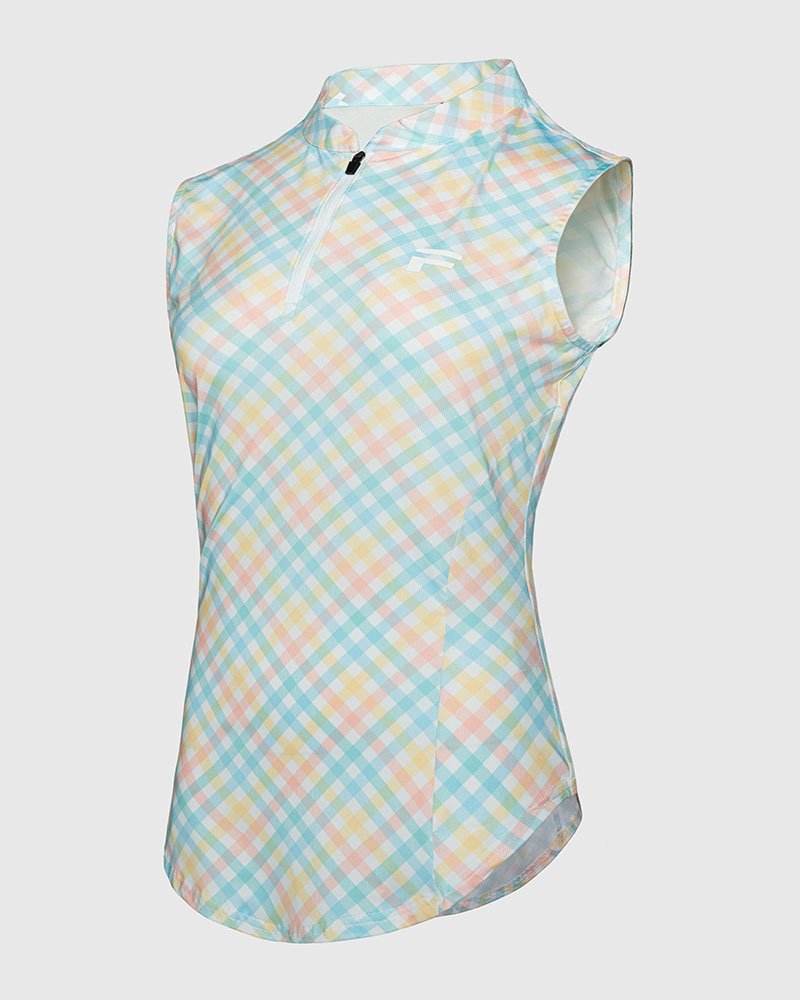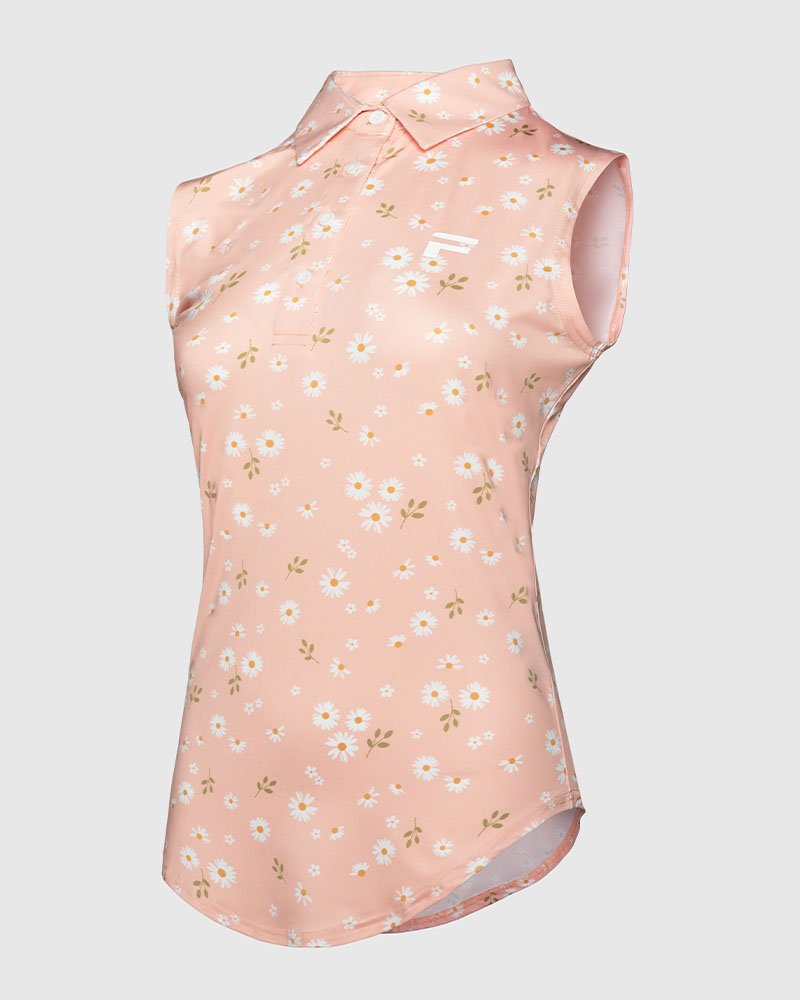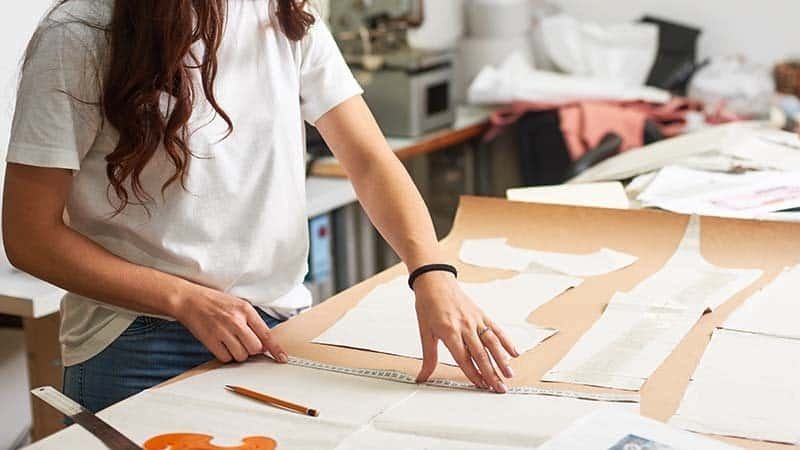
Ever dreamed of launching your own golf apparel line? I’ve been there. The road from sketching your first polo to seeing it worn on the green is wild—but deeply rewarding.
Golf apparel customization—from design to delivery—follows a clear process that includes concept creation, tech pack development, sample making, production, and shipping. To launch your own custom golf clothing line, you’ll need to decide on fabrics, colors, and fits, work closely with manufacturers, approve pre-production samples, and manage timelines and logistics. Understanding each stage helps you stay in control and bring your brand to life smoothly.
Introduction: Why Custom Golf Apparel Matters
Wearing golf apparel isn't just about "looking like a golfer." It's about attitude, belonging, and how you present yourself on the course.
Why does custom golf apparel matter?
Because golf today isn’t just for the elite—it’s a growing, diverse lifestyle movement. And in a market that's getting crowded fast, simply slapping your logo on a polo won’t cut it. Real customization is about fabric, function, fit, and telling your brand’s story through every stitch.
Custom is how you stop blending in—and start standing out.
1. Market Shift: Golf is Going Mainstream—And Custom Apparel Helps You Break Through
Over the past few years, I’ve seen a big shift. Golf isn’t just a “middle-aged businessman’s sport” anymore. It’s attracting younger players, women, and even the fitness crowd. It’s becoming a style-driven culture.
So why does customization matter more now?
When more people join the game, competition heats up. That’s when custom apparel becomes your edge. Whether you're launching a brand, running a pro shop, or dressing a team, personalized design shows off your identity. It’s how people remember you—when everyone else looks the same.
2. Premium Clubs, Events, and Brands Now Demand Consistency, Material Quality, and Functionality
These days, high-end customers care about more than just looks—they want to feel the quality too.
Why should brands obsess over details?
Because that tiny inner neck label, the seamless hem, the stretch in the shoulder when you swing—those little things? They’re what separate average from premium. At elite tournaments or private clubs, brands are investing in fully custom apparel sets to match their vibe. It's not just about looking polished—it’s about communicating professionalism.
And if you're still printing logos on wholesale blanks, you’re already behind.
3. Custom Isn’t Just a Logo—It’s Visual Identity, Performance, Fit, and Cultural Expression
Many startup brands think “custom” just means adding a logo. But the best custom gear actually tells your story.
True customization expresses the soul of your brand.
One of our clients from the Southwest U.S. wanted his line to reflect desert sunsets—we worked from scratch to match dusty oranges and soft earth tones. Another women's golf brand asked for cropped silhouettes and cinched waists, matching their bold, modern audience.
Custom apparel should cover these layers:
- Visual identity: unified color schemes, graphics, and design language
- Performance: breathability, UV protection, 4-way stretch
- Tailored fit: built for real movement, across different body types
- Culture & emotion: something people feel proud to wear—and know exactly who made it
A great piece of golf apparel isn’t mass-produced. It’s crafted—with care, with intention, and with your story woven into every detail.
Industry Insights: We are observing more and more niche golf brands quickly building a loyal fan base in North America and Japan and Korea by customizing their differentiated designs. This is a speed that is difficult for big brands to achieve.
Step 1 – Collaborative Design Phase
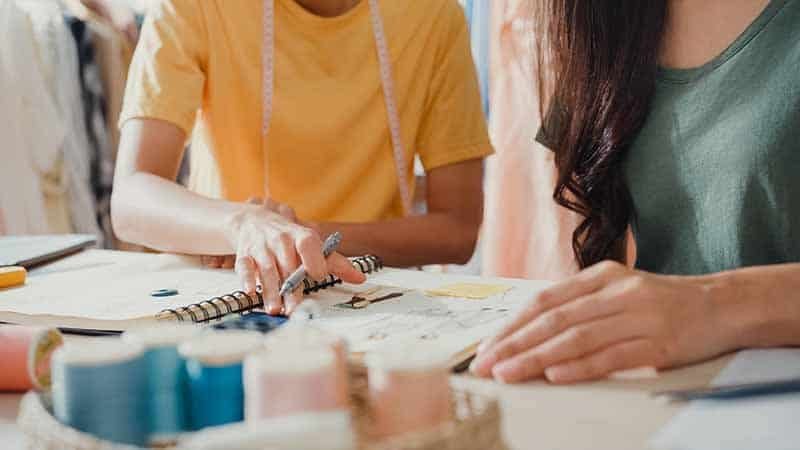
Designing golf apparel isn’t just about telling the factory what you want. It’s a creative back-and-forth—a process where your ideas and my experience come together to build something real.
What is the Collaborative Design Phase?
It’s the part where we bring your vision to life—together. We don’t just talk about “what looks good,” we dive into fabric choices, color harmony, logo placement, and the details that will make your collection feel like you. This phase is where your brand takes shape, long before the first stitch is sewn.
And trust me, this is where the fun begins.
1. Offering Style Options: Polos, Mock Neck Tees, Windbreakers, Pants & More
You don’t have to figure it all out by yourself—I’ve got your back with a full range of styles.
What kind of apparel can we co-create?
In this phase, I’ll show you popular silhouettes based on what’s trending and what performs well on the course. From classic golf polos and mock neck tees, to windbreakers, joggers, and tailored pants—we’ll select pieces that align with your brand personality.
Not sure if a cropped polo works for your audience? We can test it. Want a retro-inspired windbreaker for that country club nostalgia? Let's make it happen.
I’ll guide you with suggestions, but you get to make the call. After all, it’s your collection.
2. Design Proposal Flow: Fabric Selection → Color Palette → Logo Placement & Size
This is where we take the big ideas and turn them into concrete plans.
What happens during the design proposal process?
We start by choosing the right fabrics—breathable, moisture-wicking, stretch-friendly, or even recycled materials if your brand leans sustainable. Then we dive into color palettes (trust me, the right shade of green can make or break a shirt), and map out where and how your logo will be placed—front chest? Sleeve? Custom hem tag?
Here’s how the flow usually goes:
- Fabric Selection – Choose texture, stretch, weight, and feel
- Color Coordination – Solid, contrast, tonal, or color-blocking
- Logo Design – Placement, size, stitching type (print vs embroidery)
This stage is all about giving your collection a heartbeat—where every choice reflects who you are as a brand.
3. Technical Sketches & 3D Sampling
Now we turn ideas into something you can see—and tweak before production begins.
Why are tech packs and 3D mockups so important?
They’re the blueprint of your product. Technical sketches break down every measurement, stitch, and panel placement, while 3D samples let you preview the garment as if it's already on someone. It's way more efficient than waiting for a physical sample to realize the collar sits too high or the sleeve looks off.
You’ll be able to:
- Review proportions and cuts
- Preview logo size and positioning
- Experiment with color combos
- Catch small issues before they become costly mistakes
At FUWAY, we don’t skip this step—because real success starts with smart planning.
Final Thoughts
The Collaborative Design Phase is where your golf apparel brand becomes real. From style selection to stitching detail, it’s not about perfection—it’s about creating something that feels truly yours.
Experience added: Good design doesn't float on the surface, it's understanding the trajectory of the golf swing and then optimizing the cuff angle and underarm stretch area.
Step 2 – Sample Development and Fitting
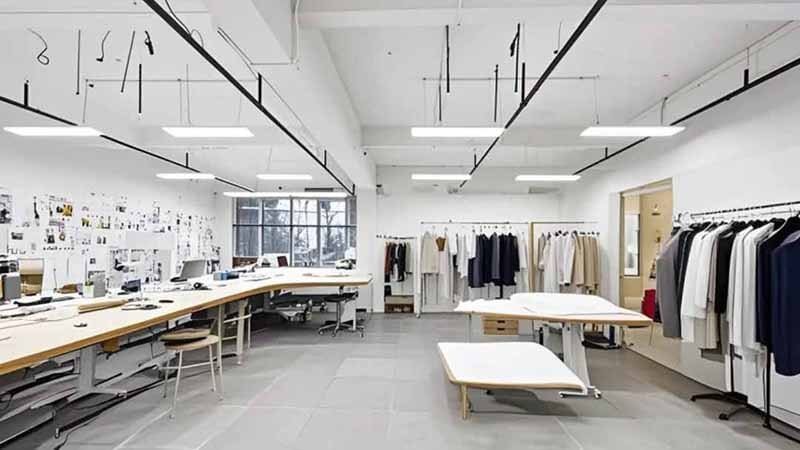
This is where your design ideas leave the screen and finally become real. The first sample—the moment you can actually touch your brand.
What is the sample development and fitting phase?
It’s the stage where we go from concept to physical product. We develop paper patterns, create the first sample using test fabric or final fabric, then run real fit tests. From there, we tweak, adjust, and refine until everything feels just right—cut, stretch, moisture control, everything. This is the “reality check” that makes or breaks a great product.
1. Paper Pattern → First Sample (Mock-up or Final Fabric)
This is our first look at how your idea fits in real life.
What happens after the design phase is done?
Once we've finalized your design direction, our team creates a precise paper pattern based on the measurements and technical specs we agreed on. From there, we stitch up the first sample—either using mock-up fabric for quick testing or your actual production fabric for a truer feel.
This first sample is the starting point. It won’t be perfect, but it gives us something we can try on, stretch, analyze, and improve.
2. Real Fit Testing: Stretch, Sweat Control & Shape Adjustments
This step is where we “wear it like a golfer,” not just look at it like a designer.
Why is real-world wear testing important?
Because a shirt might look great on a mannequin but ride up awkwardly during a backswing. Or maybe the pants restrict movement when squatting for a putt. So we test for real function—how it stretches during motion, how it handles sweat, how the collar sits, how it performs under sunlight or wind.
We check:
- Elasticity: Enough stretch for full mobility?
- Moisture-wicking: Does it stay dry and breathable during a round?
- Fit analysis: Any tight spots, sagging, or misaligned seams?
- Comfort: Does it feel good after 18 holes?
This part is hands-on, practical, and super important. It’s where function meets form.
3. Sample Revisions & Client Approval
This is where your feedback really shapes the final version.
How do we go from test sample to approved product?
Once the initial sample is tested, we gather your feedback—fit notes, fabric feel, logo tweaks, whatever you noticed. Then we make a round of changes: maybe adjust the sleeve width, move the logo slightly, tighten the hem. You’ll receive a revised sample for confirmation, and we repeat the loop until you say, “Yep. This is it.”
Here’s the typical flow:
| Step | Action |
|---|---|
| 1 | First sample made based on Tech Pack |
| 2 | Fit & performance testing |
| 3 | Client feedback gathered |
| 4 | Sample revised by pattern maker |
| 5 | Final sample confirmed for production |
No rushing here—getting this right is the foundation of a strong product line. If the sample works, the production run will too.
Final Thoughts
Sample development isn’t just a technical step—it’s the moment your brand becomes tangible. Try it, tweak it, test it—until it’s truly yours.
Experience added: We advise our customers to try on the samples in the field in different weather, especially to test whether the shoulder blade position creates tightness during the swing.
Step 3 – Bulk Production with Quality Assurance
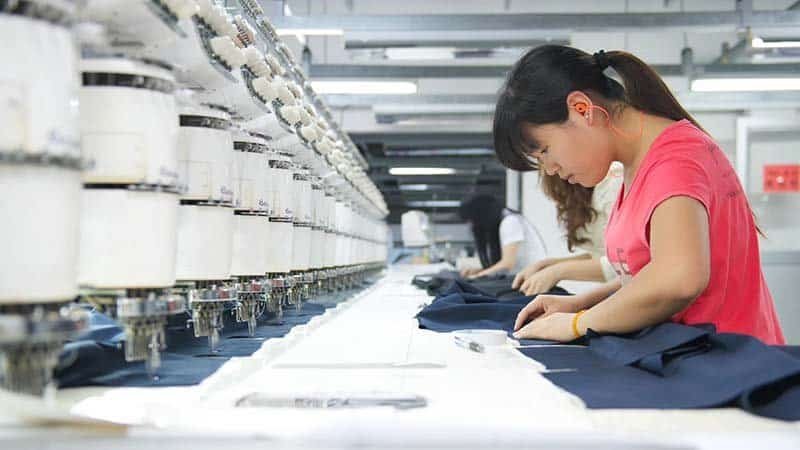
This is where everything gets real—your designs go into full production, and every detail we worked hard to refine now scales up.
What is bulk production with quality assurance?
It’s the stage where we take your approved sample and produce it in volume—with strict quality checks at every step. From fabric testing to production line workflow, to final inspection—we’re not just making products, we’re building trust. Every piece that carries your logo should meet the same standard. No surprises, no excuses.
1. Pre-Production Fabric Testing: Shrinkage, Colorfastness, and Functional Checks
Before we cut a single panel, we test everything.
Why is fabric testing essential before bulk production?
Even if the fabric looks perfect, it might shrink after washing, bleed color under sunlight, or fail to wick moisture as promised. That’s why we do pre-production lab testing—to make sure the bulk fabric matches the performance and feel of your approved sample.
We typically test for:
- Shrinkage (after washing/drying)
- Colorfastness (sunlight, washing, rubbing)
- Functionality (stretch, breathability, UV resistance, water repellency)
Think of this as a pre-flight check—catching any issues before the plane takes off.
2. Bulk Production Workflow: Cutting → Sewing → Ironing → Inspection
Once fabric passes inspection, we move into full production mode.
How does the bulk production process work?
It’s a carefully managed workflow. First, the fabric is cut based on the final approved patterns. Then it moves to the sewing team—each workstation is assigned a specific part to ensure consistency. After stitching, garments go through pressing and shaping to make them retail-ready. Finally, every piece is checked before packing.
Here’s the typical flow:
- Cutting – Layered cutting using digital patterns
- Sewing – Team-based line production, process-segmented
- Ironing – Heat shaping, wrinkle removal, visual consistency
- Inspection – Visual and functional check before packing
Every piece that goes into a box has already been through multiple pairs of careful hands.
3. Quality Control System: AQL 2.5 Sampling, 5-Point Checks, 3rd-Party Inspection Reports
We don’t just “hope” for good quality—we inspect, audit, and verify it.
What’s our quality assurance approach during production?
We follow strict internal quality control standards. Our inspectors use a 5-point system to check stitching, labels, sizing, appearance, and packaging. We also offer AQL 2.5 random sampling (industry standard), and if needed, we can coordinate 3rd-party inspection reports through agencies like SGS, ITS, or BV.
Quality assurance steps include:
| Inspection Type | What We Check |
|---|---|
| In-line QC | Spot checks during sewing & assembly |
| Final Inspection | 5-point inspection before packing |
| AQL Sampling | Statistically based quality checks |
| 3rd-Party Reports | Optional independent certification/reporting |
We’re serious about making sure your customers are impressed—not disappointed—when they open the box.
Final Thoughts
Bulk production isn’t just about quantity—it’s about consistency, confidence, and delivering what your brand promises, every single time.
Industry Insights: Functional golf fabrics (four-side elastic, cool feeling, anti-UV) are most likely to shrink and deform in the big-shipment segment, so be sure to conduct a wash test in advance
Step 4 – Packaging & Global Delivery
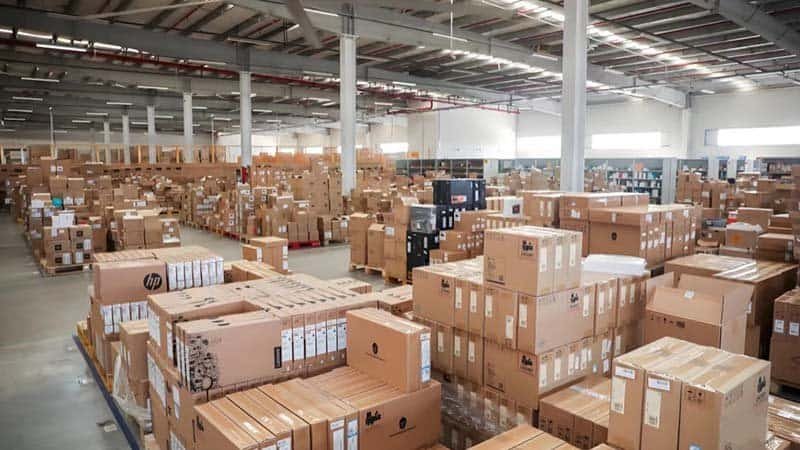
Once your golf apparel is finished, the final touch is getting it packed with care—and delivered to your doorstep, no matter where you are in the world.
What is Packaging & Global Delivery?
This stage is where presentation meets logistics. We make sure your products don’t just arrive—they arrive beautifully, professionally, and with everything you need to sell or stock right away. From custom packaging to export paperwork to comparing shipping timelines, this is the last but essential part of building a professional brand.
1. Custom Packaging: Brand Hang Tags, Eco Bags & Branded Boxes
Your packaging should speak the same language as your apparel.
What kind of custom packaging can we provide?
We offer fully customized packaging that aligns with your brand vibe. Whether you want minimalist, eco-conscious, or premium unboxing experiences, we’ve got you covered. You can choose from:
- Custom hang tags – Printed with your logo, slogan, care info
- Eco-friendly bags – Reusable zip bags, biodegradable polybags
- Branded paper boxes – Perfect for retail presentation or DTC delivery
I always say: good packaging makes your customer feel like they bought more than just a shirt—they bought into your story.
2. Export Documentation Support: COO, Packing List, Customs Forms
International shipping can get tricky—we’ll help you keep it smooth.
What export documents do we provide for global shipping?
When you're importing goods into your country, proper documentation is key. We’ll prepare and send all necessary files, including:
- Certificate of Origin (COO) – Proof of where your goods are made
- Packing List – For quantity, weight, and carton breakdown
- Commercial Invoice – Required by customs for value declaration
- Customs Declarations – Any forms required by your country’s import laws
And if your local agent needs something extra—we’re happy to assist.
3. Shipping Options: Sea Freight, Air Cargo, FedEx, DHL—Speed vs Cost
We’ll help you balance speed, cost, and convenience.
How do we choose the best delivery method?
It depends on your timeline and budget. We’ll walk you through the options:
| Shipping Method | Delivery Time | Cost Level | Best For |
|---|---|---|---|
| Sea Freight | 25–45 days | Low | High-volume, low urgency |
| Air Freight | 7–12 days | Medium | Mid-volume, faster delivery |
| FedEx/DHL | 3–7 days | Higher | Small orders, urgent needs |
We’ll send tracking, packing photos, and coordinate with your freight forwarder—or we can handle the whole thing for you. Simple, transparent, no stress.
Final Thoughts
Great packaging and smooth delivery complete your customer experience. Because when your product arrives looking sharp and right on time—it says a lot about your brand.
Experience added: During peak periods, it is recommended to book production slots in advance and opt for door-to-door air transportation services to avoid postponement of events or activities.
Conclusion: Choose the Right Partner to Make Custom Golf Apparel Easy
Custom golf apparel doesn’t have to be complicated—it just takes the right partner. When you work with someone who understands the full journey—from sketch to shipment—everything gets a whole lot smoother.
Why does a “one-stop” solution matter?
Because juggling between designers, sample makers, factories, and logistics teams can be stressful, time-consuming, and full of miscommunications. That’s why I built FUWAY to be an all-in-one solution:
- We guide you through design with real product insights
- Handle sampling and revisions efficiently
- Manage bulk production with quality control
- Organize global shipping and paperwork
All under one roof—with one clear voice. It saves time, avoids headaches, and gives you full control without the overwhelm.
Ready to Start?
If you’re serious about building your own golf apparel line, or just curious to see what’s possible—leave us a message or request a sample kit. We’ll walk you through everything, no pressure.
Because your brand deserves more than just a supplier.
It deserves a real partner.



